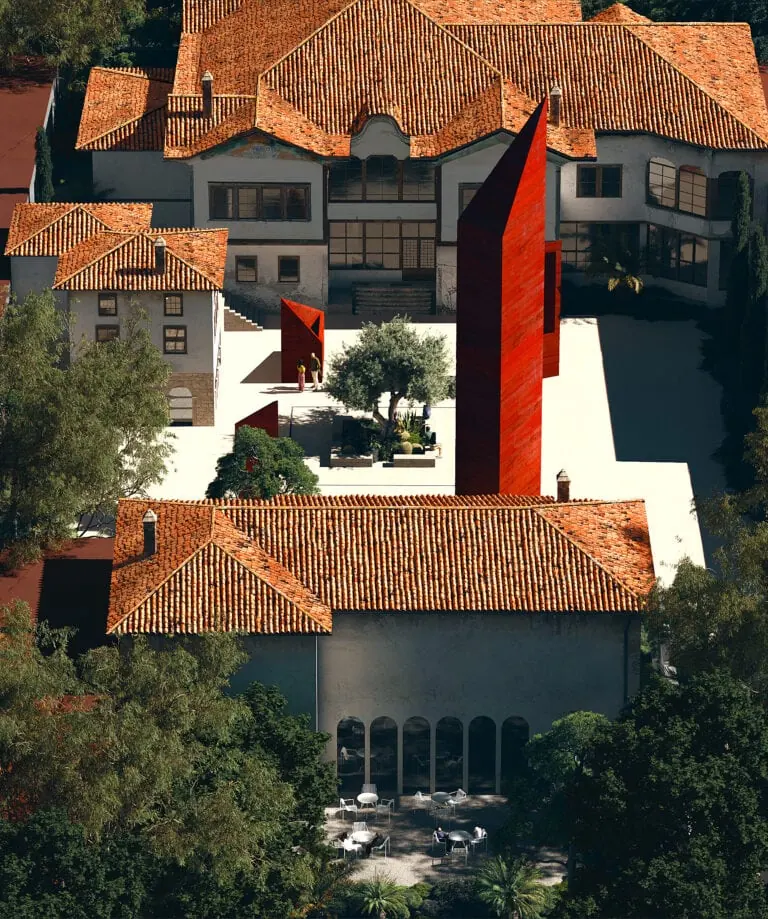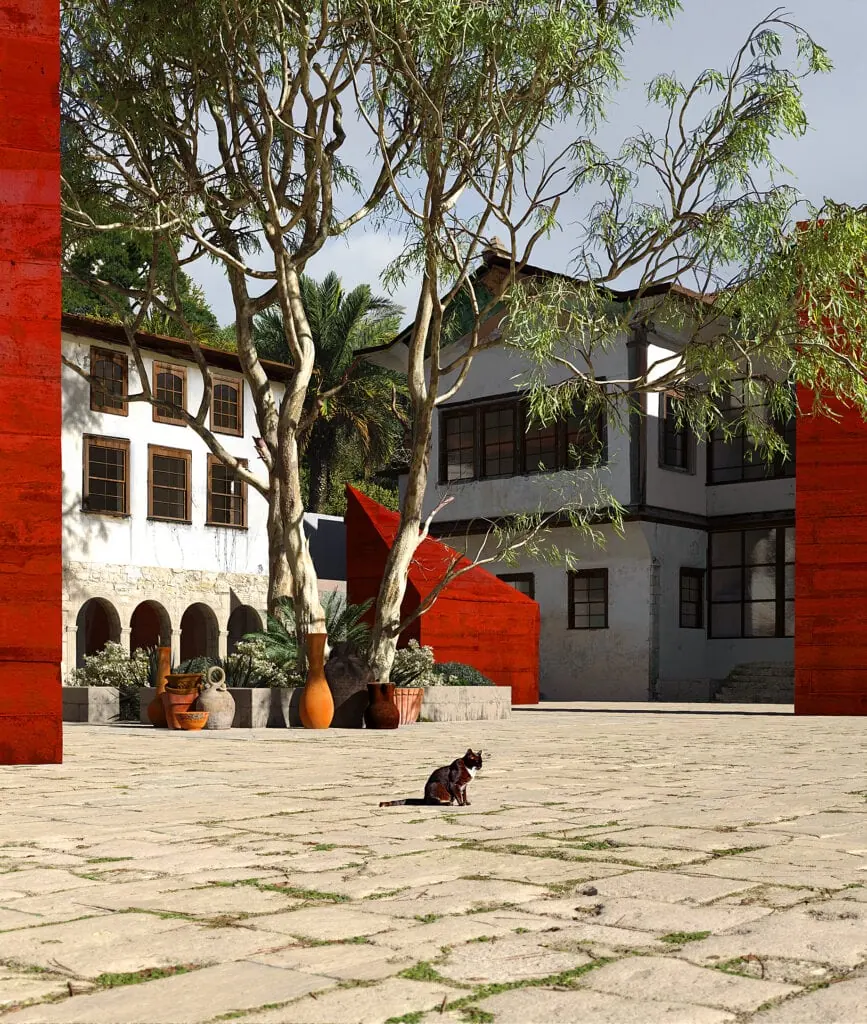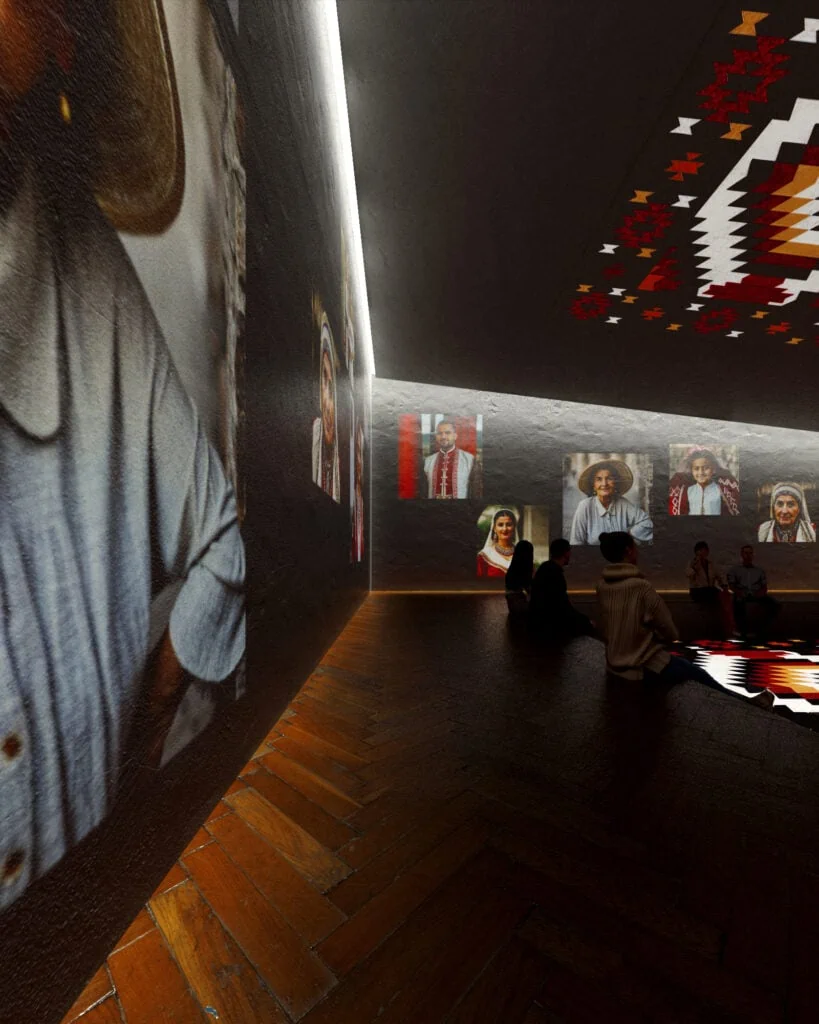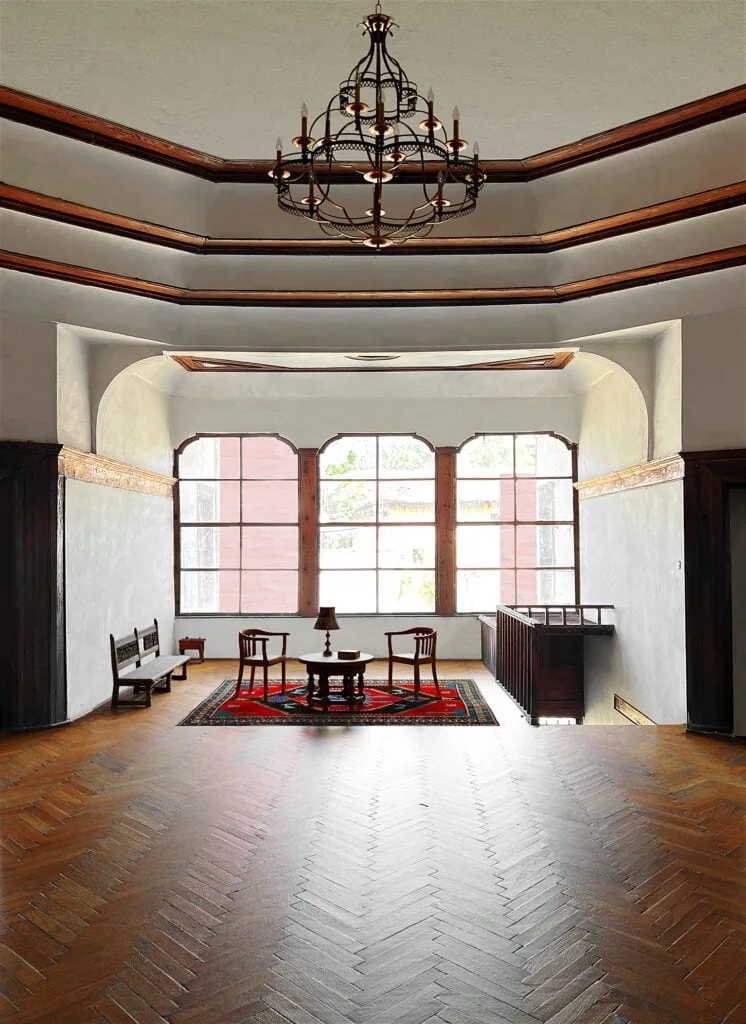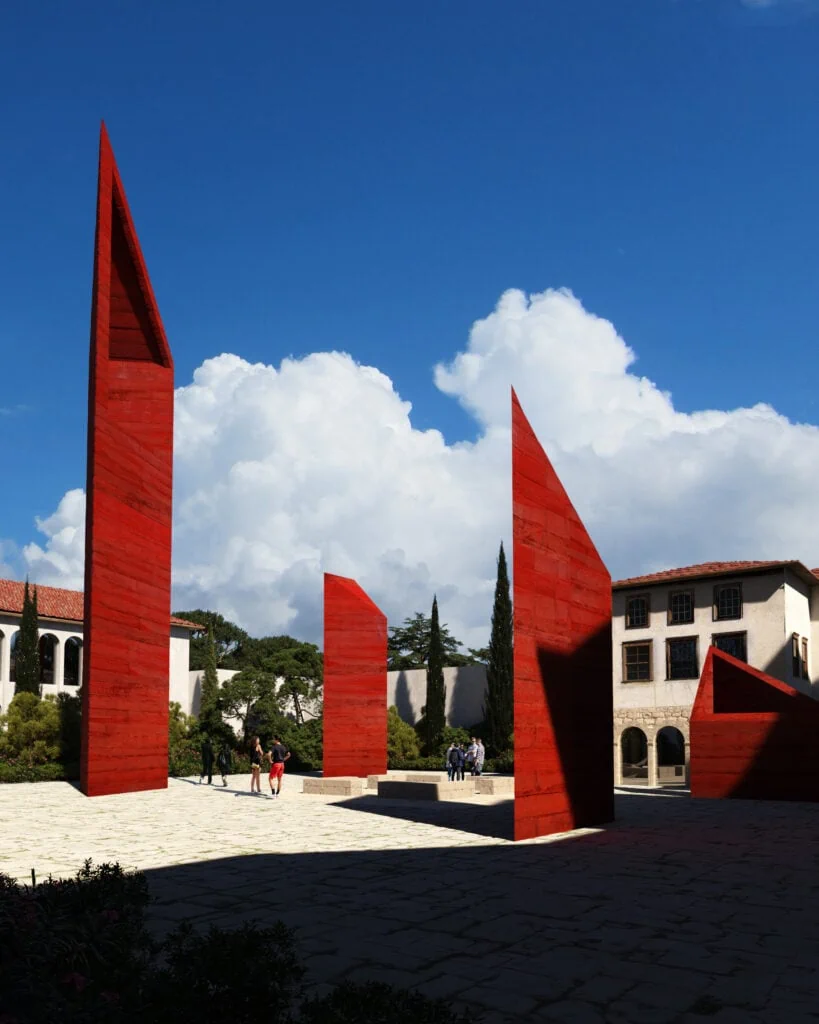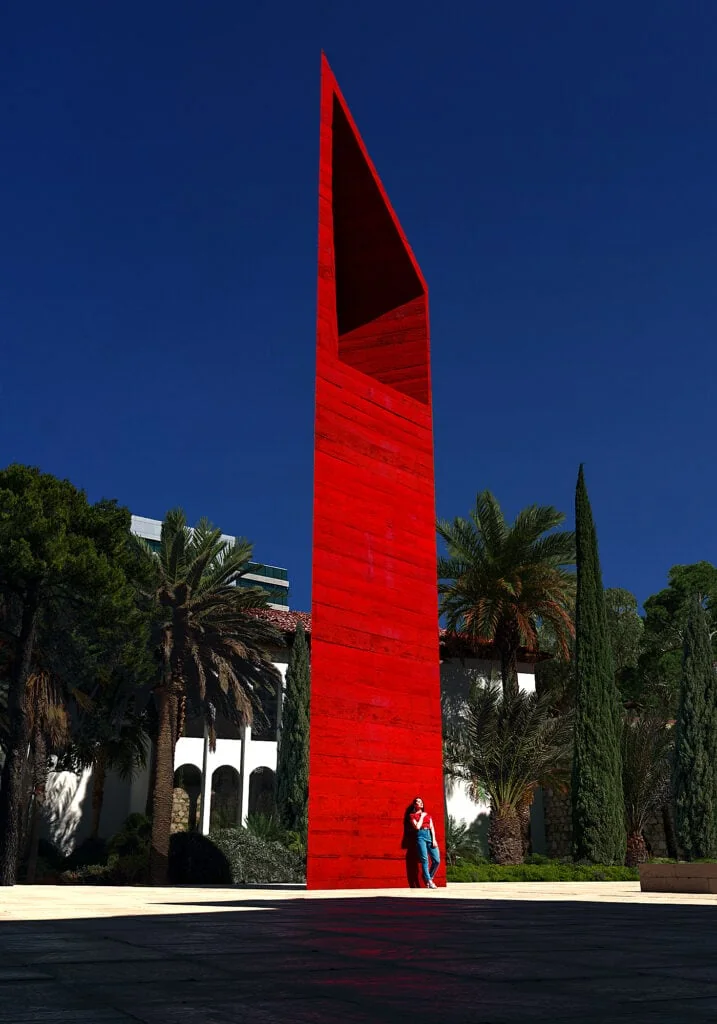Besa Museum to Represent Firm’s Latest Project in Albania
Tirana, Albania— Following a two-phase competition with over 40 entries, leading international firm Oppenheim Architecture has been awarded the contract for Besa Museum, Albania’s newest cultural institution. Oppenheim’s European office, based in Basel, Switzerland, has been working on a diverse set of projects in Albania, ranging from commercial and multifamily to hospitality, for over two years. Besa Museum represents one of its most prestigious yet, honoring the nation’s rich cultural heritage and welcoming spirit. With this latest institutional work, Oppenheim Architecture cements its place as the go-to firm redefining Albania’s architectural landscape.
“We are honored to represent Albania through the Besa Museum,” states Director of Oppenheim Architecture Europe Beat Huesler. “Since beginning our work in Albania a few years ago, we have been inspired by the culture and vibrancy of its people. We hope that our vision for the Besa Museum will use architecture as a tool to illustrate the Albanian people’s deep love and respect for their heritage and one another— this is what makes the country so dynamic. Our thanks to the jury and competition team for trusting us with this most important project.”
Oppenheim Architecture’s first step in the design process was to engage with local experts including Albanologists, restoration experts, historians specializing in Ottoman and Albanian architecture and culture, and a museologist. The firm collaborated with revered institutional specialty firm Ralph Applebaum Associates to ensure that they were able to properly meet the unique requirements of a museum such as this. From there, the team imagined how an abstract concept such as Besa could be transformed into a concrete work of architecture.
Besa Museum takes its name from the Albanian concept of “Besa,” a sacred principle that represents the given word, or one’s honor to host and protect any guest and welcome them as one of your own, and demonstrates the core of the Albanian way. Through research, the firm interpreted four pillars — tradition, protection, hospitality, and honor— that are deeply ingrained in the Albanian identity and reflect an intense cultural prestige. Oppenheim Architecture’s concept for the museum seeks to capture this feeling, using architecture as a vehicle to explore examples of the country’s own moments of Besa.
The Ministry of Culture of Albania chose the site of the museum, located in the Toptani Residence in Albania’s lively capital city, Tirana, which showcased it as a historical monument that is meant to be preserved and respected. The Toptani Residence itself is a critical part of Albanian history, named for one of the country’s most historic families. Adds Huesler, “We want to leverage the power of the existing house, having it as a site of exhibits and an exhibit itself.” The spaces serve as testimonies to the Albanian way of life, with the Oppenheim team proposing a restoration of the rooms and art in order to highlight historical and current events during which Besa has guided Albania; notably, welcoming of Jews during the Holocaust, as well as Kosovar and Afghan refugees in contemporary times. The museum experience itself is divided into two parts, one above ground located inside the existing residence, taking the guests through a journey of understanding Besa historically and culturally. The second is underground where visitors are immersed in the experience of Besa for a fully interactive experience of the concept.
Bright Red Modern Monoliths
The most notable addition to the property will be the bright red modern monoliths located in the courtyard that is meant to draw visitors in from the surrounding city. The towers will connect to a new wing built under the exterior courtyard and will in essence be beacons of light that reflect down into the below-ground wing and use the effects of natural light and shadow to further accent the impressive exhibits. Connected through the Toptani Residence through an underground passage, the wing mirrors the organization of the original Ottoman structure with rooms organized around a central space called an Oda. The above ground sculptural elements will also announce the presence of the museum to the greater city of Tirana, adding a minimal yet impactful new feature to the city’s historic skyline.
Additional Information
Location: Tirana, Albania
Client: Ministry of Culture of the Republic of Albania
Scope: Renovation, New Build, Architecture, Landscape, Exhibition Design
Site Area: 26,791.37 sq. ft
Building Area: 17,889 sq. ft
Renovation Area: 21,872 sq. ft
New Build Area: 4,693 sq.ft
Competition Year: 2023
Credits:
Architect: Oppenheim Architecture
Museum Designer: Ralph Appelbaum Associates
Branding Specialist: The Place Bureau
Local Architect: Common Sense Studio
About Oppenheim Architecture
Oppenheim Architecture is a global design practice engaging with diverse clients, cultures, and environments across five continents.
Established in 1999 by Chad Oppenheim, the practice has studios in Miami and Basel with an inquisitive team of forty architects, interior designers, planners, dreamers, and technicians. Our Basel office is led by Swiss architect Beat Huesler, Chad’s long-time friend and associate from Cornell University. The two studios operate as one, guided by poetically contextual design, hyper-functionality, and building craft.
As architectural archeologists, our work is highly attuned to its site. We go beyond the bounds of conventional architectural production—studying people and cultures, technologies and materials, psychologies and experiences—to create buildings and spaces that connect people with the spirit of place.
As value creators and problem-solvers, we aim to challenge and inspire so that each site and project fulfills and exceeds its potential. Every brief holds hidden value, and our focus is to realize these greater cultural, experiential, and economic possibilities—to make one plus one equal eleven. By seeing architecture as part of a wider ecosystem, we amplify benefits not only for our clients and users, but also for the surrounding community and environment.
Oppenheim Architecture has received over 90 awards, including more than 60 from the American Institute of Architects (AIA) Awards, as well as a National Design Award from Cooper Hewitt, Smithsonian Design Museum.


